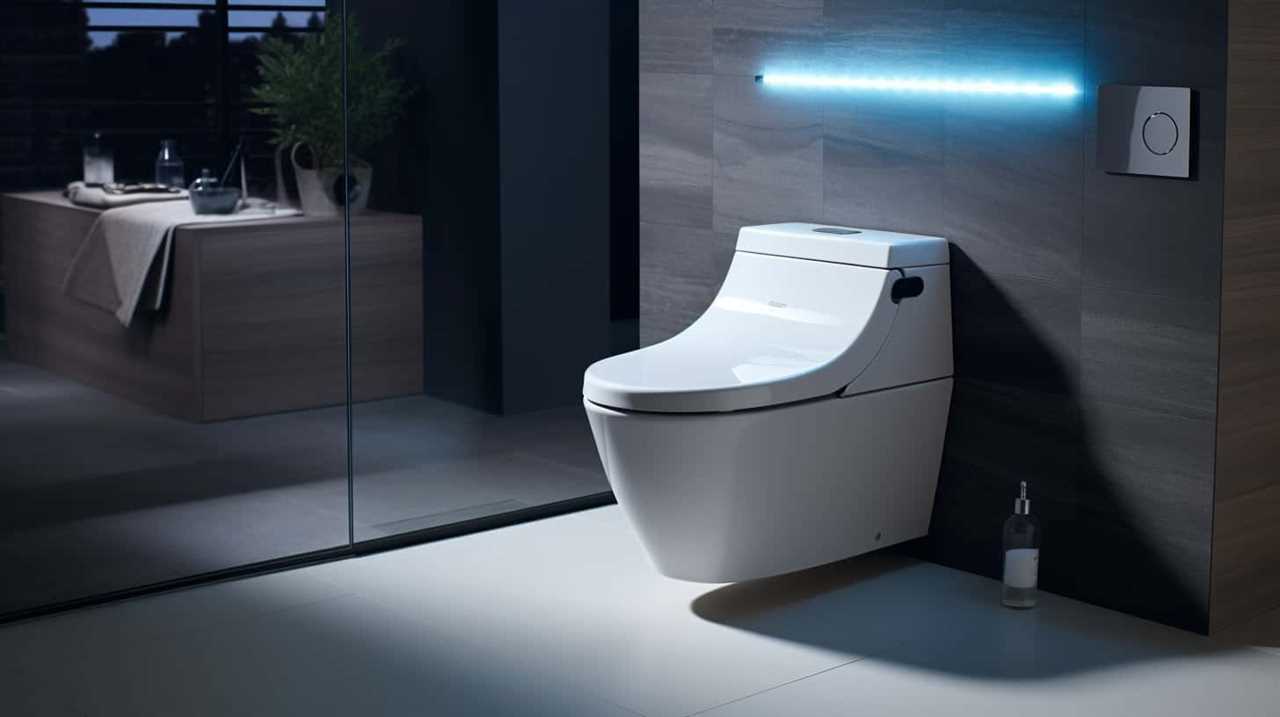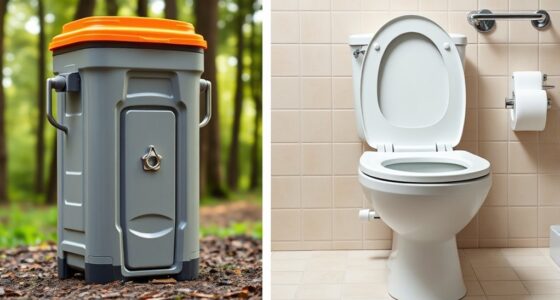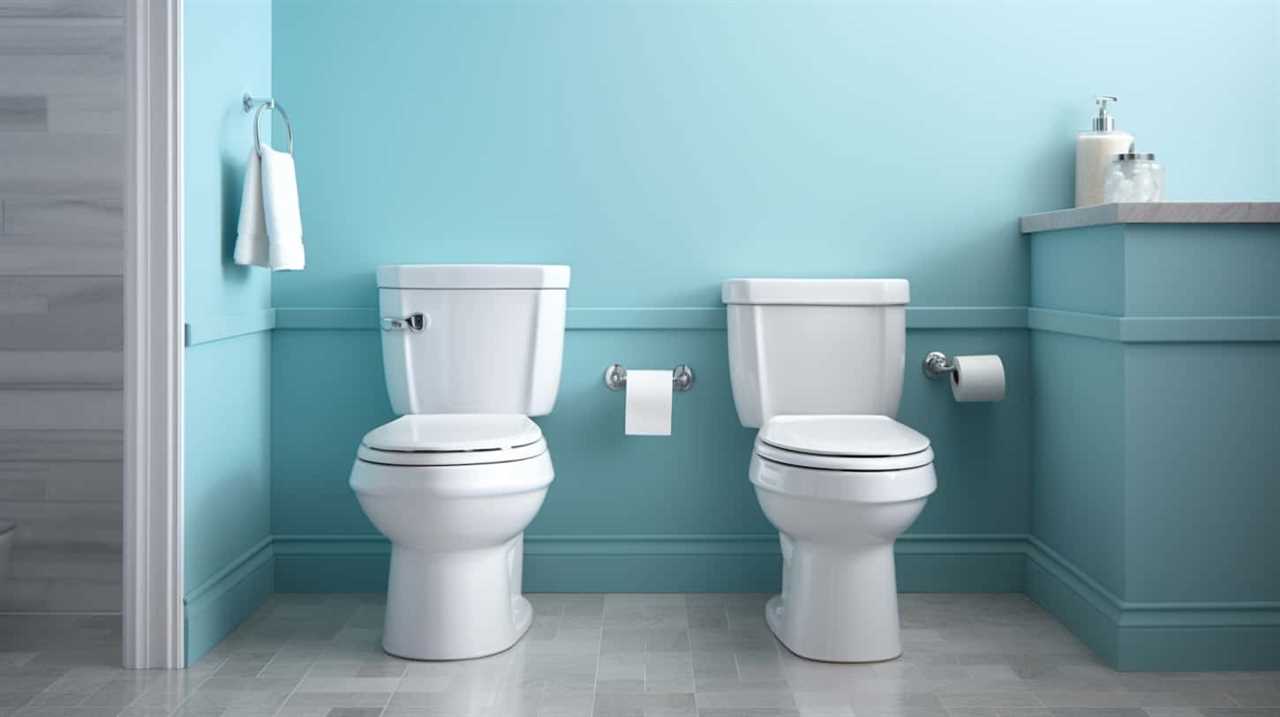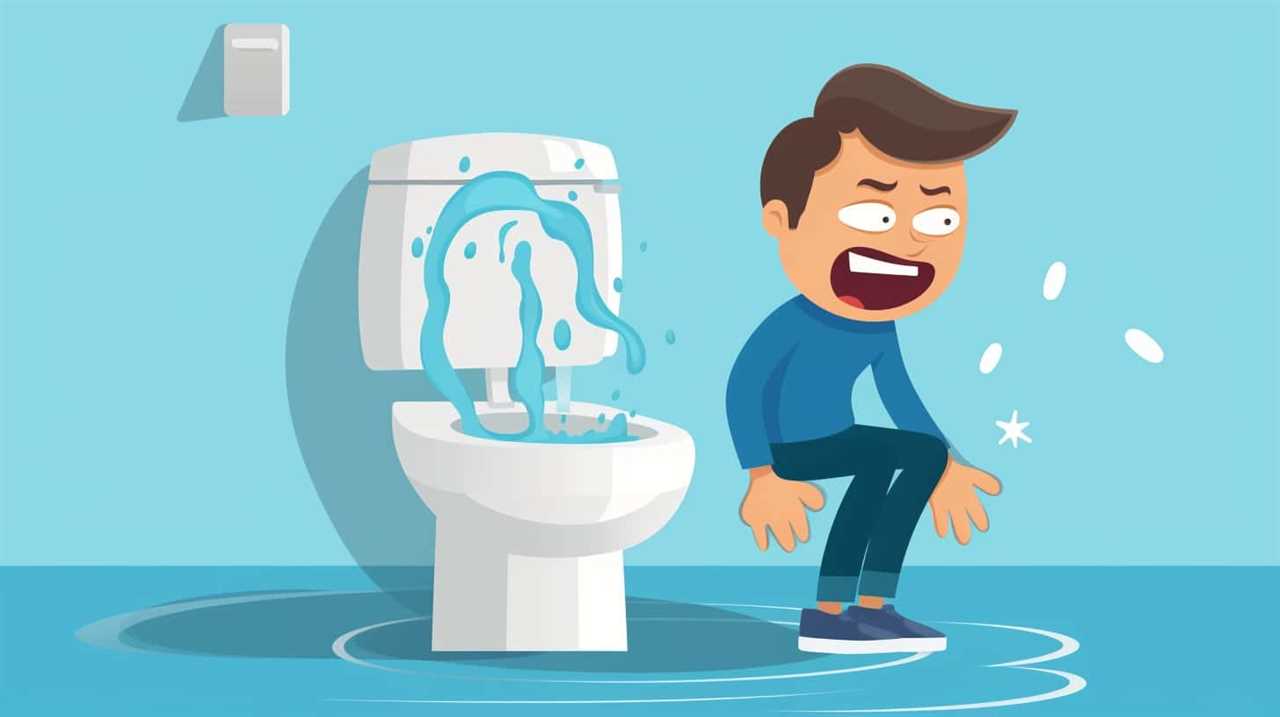Did you know that every time we flush the toilet, we contribute to a complex process that ensures the safe disposal or reuse of our waste?
In fact, over 300 billion gallons of wastewater are treated and processed annually in the United States alone.
Understanding what happens when we flush toilet water can help us appreciate the intricate journey our waste takes through the pipes and sewage treatment plants.
Let’s delve into the fascinating world of waste management and explore the treatment process in detail.
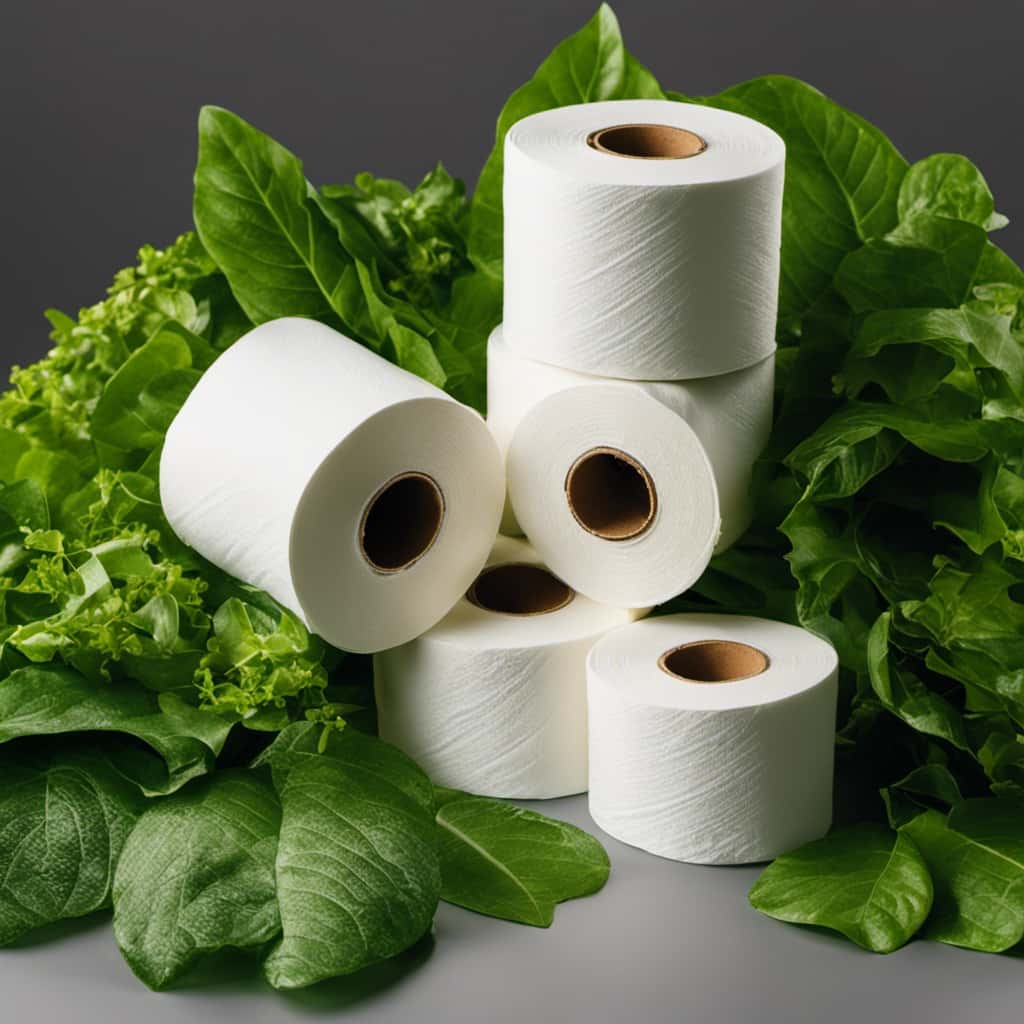
Key Takeaways
- Flushing toilet water creates pressure that pushes waste and water down the drain.
- Sewage treatment plants remove solid materials, organic matter, and harmful pathogens from flushed water and waste.
- Treated water can be disposed of or reused for purposes like irrigation or drinking water supply.
- Proper waste management is crucial for environmental protection and sustainable water management.
The Flushing Process
When we flush the toilet, water is quickly and forcefully expelled from the tank into the bowl. The flushing process is a crucial part of toilet bowl mechanics.
As the flush lever is activated, it lifts a flapper valve, allowing water to rush from the tank into the bowl. This sudden influx creates a surge of pressure, which pushes waste and water down the drain.
To ensure efficient flushing, toilets are designed with a trapway, a curved channel that helps guide waste through the plumbing system.
In recent years, water conservation efforts have led to the development of low-flow toilets. These toilets use less water per flush, reducing water consumption without compromising flushing power.
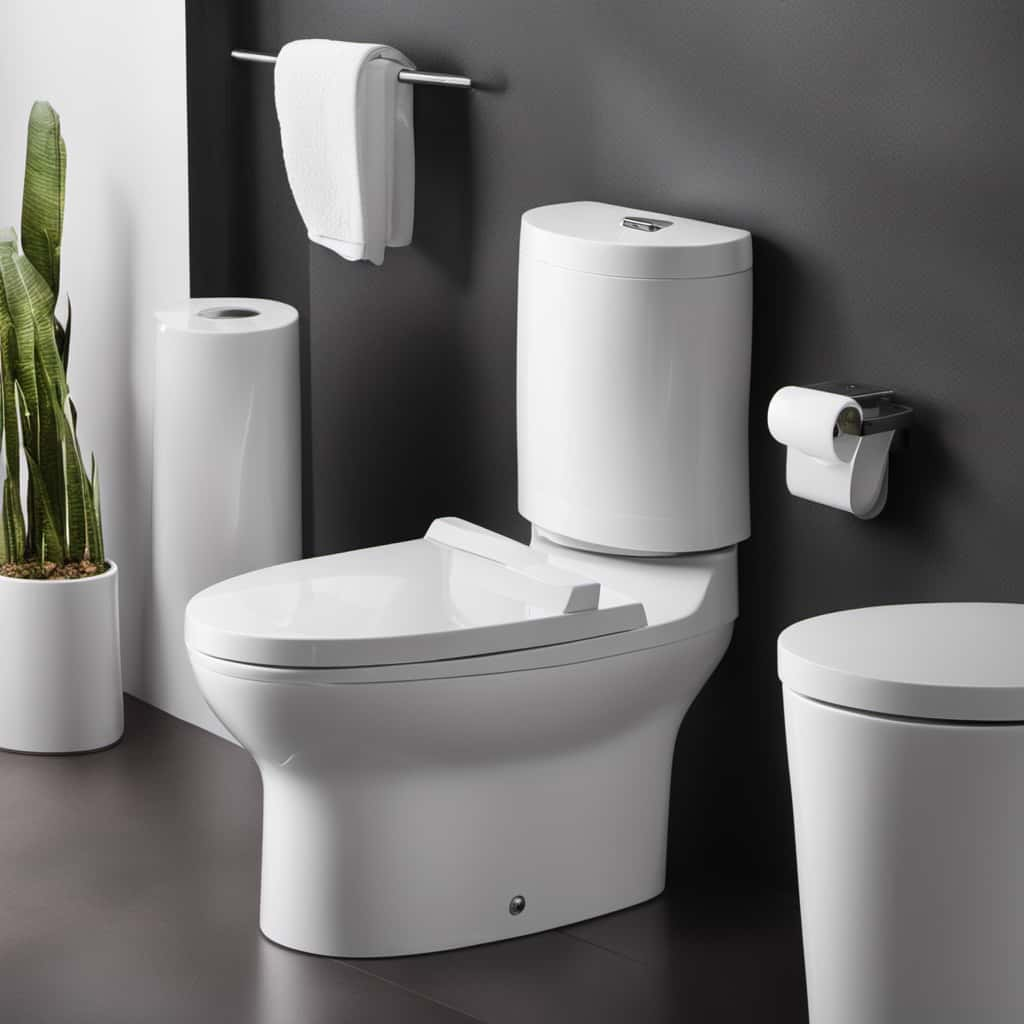
The Journey Through the Pipes
As the flushed water travels through the pipes, it carries waste and debris towards the sewer system. This journey relies on water pressure to propel the waste forward and prevent clogs.
Here is a step-by-step breakdown of what happens:
- Water pressure: The force of the water being flushed creates a surge of pressure, pushing the waste through the pipes.
- Gravity assistance: Gravity aids the flow of water, allowing it to move downhill and navigate through the complex network of pipes.
- Pipe size and material: The size and material of the pipes play a crucial role in maintaining water pressure and preventing blockages. Smooth, properly sized pipes ensure efficient flow.
- Clogging prevention: To prevent clogs, pipes are designed with curves and bends, known as traps, which trap debris and prevent it from entering the main sewer line.
Understanding the journey through the pipes helps us appreciate the intricate system that ensures the proper disposal of waste and keeps our toilets functioning smoothly.
Arriving at the Sewage Treatment Plant
After traveling through the pipes, the flushed water, along with the waste and debris, frequently arrives at the sewage treatment plant. At the plant, a series of processes are implemented to address the environmental impact and public health concerns associated with the wastewater.
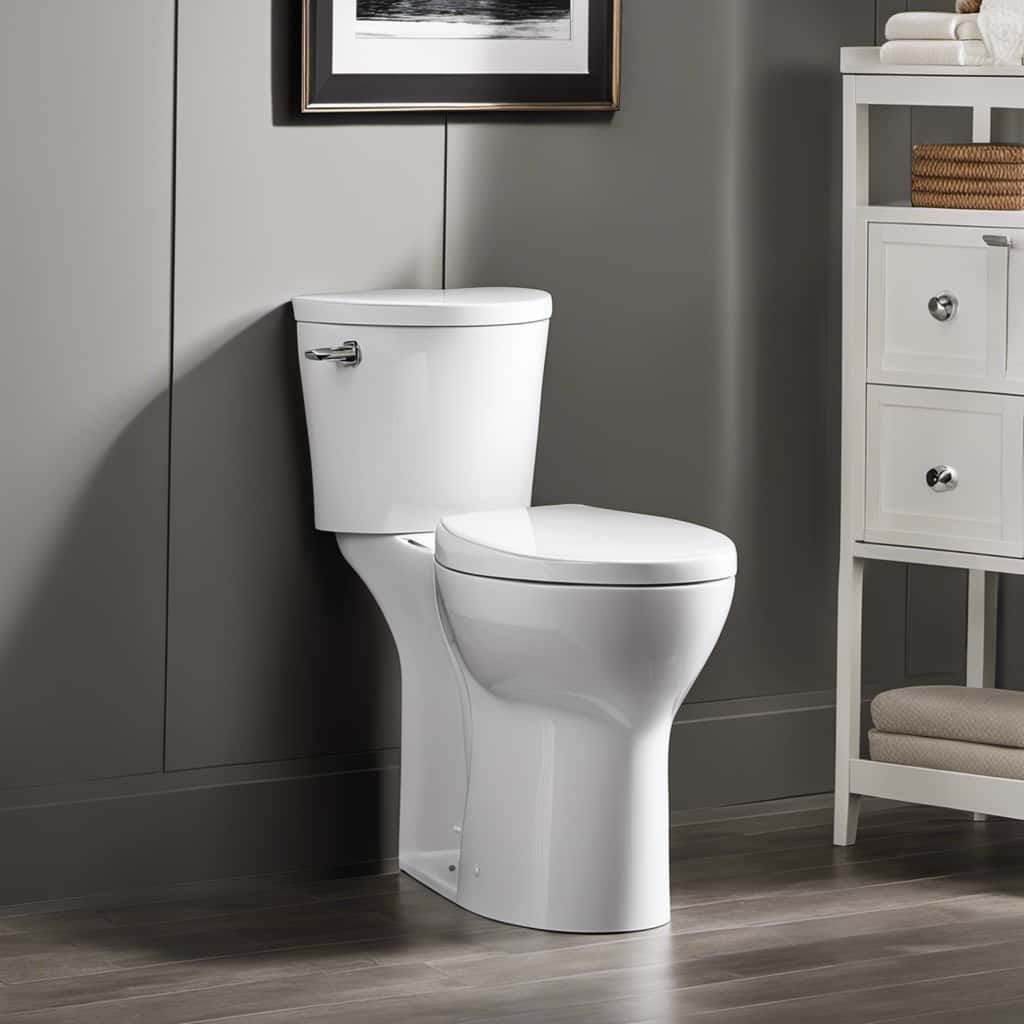
The first step is the removal of large solid materials, such as rocks and gravel, through a process called screening.
Next, the water undergoes primary treatment, where suspended solids and organic matter are settled and removed.
This is followed by secondary treatment, where microorganisms break down the remaining organic matter.
Lastly, the water is disinfected to kill any harmful pathogens before being released back into the environment.

These treatment processes are crucial in understanding the effects on ecosystems and analyzing the potential risks and safety measures for public health.
The Treatment Process
Once the flushed water and waste reach the sewage treatment plant, we begin the process of addressing environmental impact and public health concerns. To achieve this, we employ a series of treatment methods designed to remove contaminants and ensure the water is safe for disposal or reuse.
The treatment process includes:
- Water filtration: This step involves the use of physical barriers, such as screens and sedimentation tanks, to remove solid particles and debris from the wastewater.
- Chemical disinfection: After filtration, chemicals like chlorine or ultraviolet light are used to kill harmful bacteria and viruses present in the water.
- Biological treatment: In this stage, microorganisms are introduced to break down organic matter and remove nutrients like nitrogen and phosphorous.
- Sludge treatment: The remaining solids, known as sludge, undergo further treatment to reduce their volume and eliminate pathogens.
By employing these treatment methods, we can effectively purify the wastewater and minimize its impact on the environment and public health.

In the next section, we’ll explore the final destination of the treated water, whether it’s disposal or reuse.
Disposal or Reuse: The Final Destination
After undergoing the treatment process, we now come to the final destination of the treated water: disposal or reuse.
Waste management plays a crucial role in determining the environmental impact of treated water. Disposal methods include discharge into rivers, lakes, or oceans, while reuse involves utilizing the treated water for various purposes such as irrigation, industrial processes, or even drinking water supply.
The choice between disposal and reuse depends on factors like water quality, availability, and local regulations. Disposal methods must ensure that the treated water meets regulatory standards to minimize any adverse effects on the environment.

On the other hand, reuse of treated water reduces the demand for freshwater resources and promotes sustainable water management practices. Careful consideration of waste management options is essential in maintaining a balance between environmental protection and meeting water demands.
Conclusion
So, next time you flush the toilet, remember that it’s not just a simple act of getting rid of waste. It’s part of a complex process that involves the flushing mechanism, pipes, and a sewage treatment plant.
Contrary to popular belief, the water doesn’t just disappear down a black hole. Instead, it goes through various stages of treatment before it’s either disposed of or reused.
So, rest assured, your toilet water isn’t wasted, but rather transformed into something useful for our environment.
